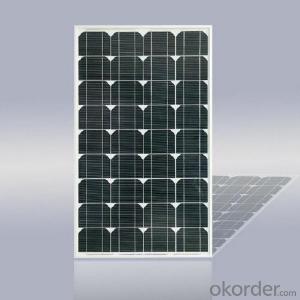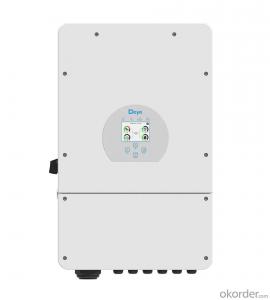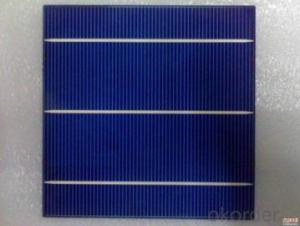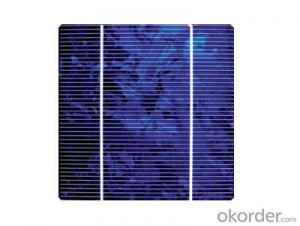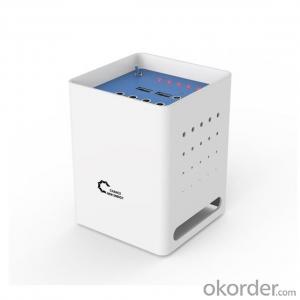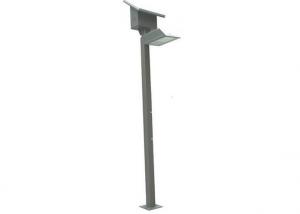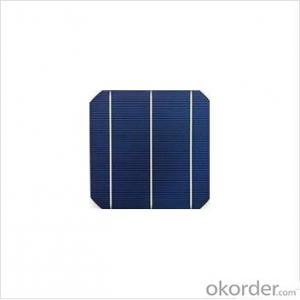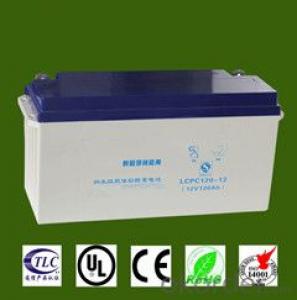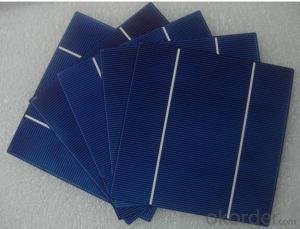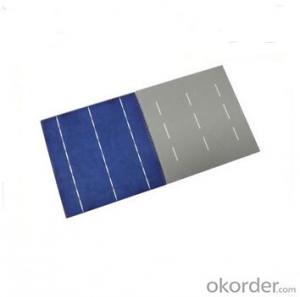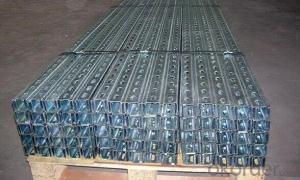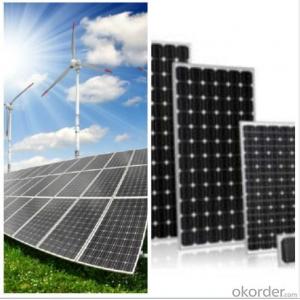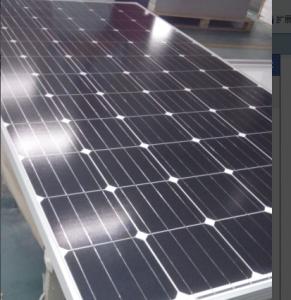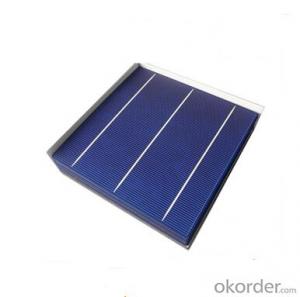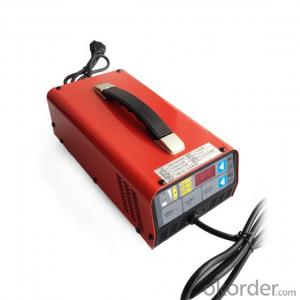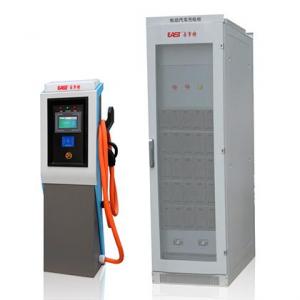Generac Solar Cells
Generac Solar Cells Related Searches
Generac Solar Inverter Generac Inverter Solar Perc Solar Cells Perc Silicon Solar Cells Photovoltaic Solar Cells 1st Generation Solar Cells Rec Solar Cells First Generation Solar Cells Biogenic Solar Cells 2nd Generation Solar Cells Second Generation Solar Cells American Made Solar Cells High Quality Solar Cells Ibc Solar Cells Bulk Solar Cells Solar Energy Cells Cheap Solar Cells Free Solar Cells Gallium Solar Cells Pecvd Solar Cells Solar Cell Power Generation 4th Generation Solar Cells Buy Solar Cells Better Solar Cells Residential Solar Cells 3rd Generation Solar Cells Algae Solar Cells Fourth Generation Solar Cells Affordable Solar Cells Floating Solar CellsGenerac Solar Cells Supplier & Manufacturer from China
Generac Solar Cells are a range of high-quality photovoltaic products designed to harness the power of the sun and convert it into usable electricity. These solar cells are engineered to deliver optimal performance and efficiency, making them a popular choice for various residential and commercial applications. They are known for their durability, reliability, and ability to withstand harsh weather conditions, ensuring a long-lasting and sustainable energy solution.Generac Solar Cells find their application in a wide variety of usage scenarios, from powering homes and businesses to providing energy for remote locations and off-grid applications. They are an excellent choice for those looking to reduce their reliance on traditional energy sources and contribute to a greener environment. By utilizing Generac Solar Cells, users can benefit from reduced electricity bills, increased energy independence, and a smaller carbon footprint.
Okorder.com is a reputable wholesale supplier of Generac Solar Cells, boasting a large inventory to cater to the diverse needs of its customers. The company is committed to providing top-notch products at competitive prices, ensuring that customers receive the best value for their investment. With a strong focus on customer satisfaction, Okorder.com offers a seamless purchasing experience, making it easy for clients to find and acquire the Generac Solar Cells they require for their projects.
Hot Products
